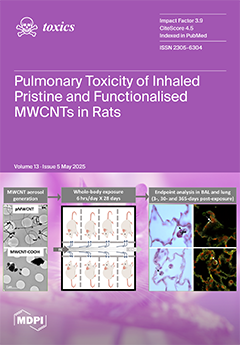Water hardening and NO
3− pollution have affected water quality globally. These environmental problems threaten social sustainability and human health, especially in piedmont agricultural areas. The aim of this study is to determine the biogeochemical mechanisms of HCO
3–Ca water and NO
3− pollution in a typical piedmont agricultural area (Qingshui River, Zhangjiakou, China). Here, an extensive biogeochemical investigation was conducted in a typical piedmont agricultural area (Qingshui River, China) using multiple hydrochemical, isotopic (δ
2H-H
2O, δ
18O-H
2O and δ
13C-DIC) and molecular-biological proxies in combination with a forward model. In the region upstream of the Qingshui River, riverine hydrochemistry was dominated by HCO
3–Ca water, with only NO
3− concentrations (3.08–52.8 mg/L) exceeding the acceptable limit (10 mg/L as N) for drinking water quality. The riverine hydrochemistry responsible for the formation of HCO
3–Ca water was mainly driven by carbonate dissolution, with a contribution rate of 49.8 ± 3.96%. Riverine NO
3− was mainly derived from agricultural NH
4+ emissions rather than NO
3− emissions, originating from sources such as manure, domestic sewage, soil nitrogen and NH
4+-synthetic fertilizer. Under the rapid hydrodynamic conditions and aerobic water environment of the piedmont area, NH
4+-containing pollutants were converted to HNO
3 by nitrifying bacteria (e.g.,
Flavobacterium and
Fluviimonas). Carbonate (especially calcite) was preferentially and rapidly dissolved by the produced HNO
3, which was attributed to the strong acidity of HNO
3. Therefore, higher levels of Ca
2+, Mg
2+, HCO
3− and NO
3− were simultaneously released into river water, causing riverine HCO
3–Ca water and NO
3− pollution in the A-RW. In contrast, these biogeochemical mechanisms did not occur significantly in the downstream region of the river due to the cement-hardened river channels and strict discharge management. These findings highlight the influence of agricultural HNO
3 on HCO
3–Ca water and NO
3− pollution in the Qingshui River and further improve the understanding of riverine hydrochemical evolution and water pollution in piedmont agricultural areas.
Full article






